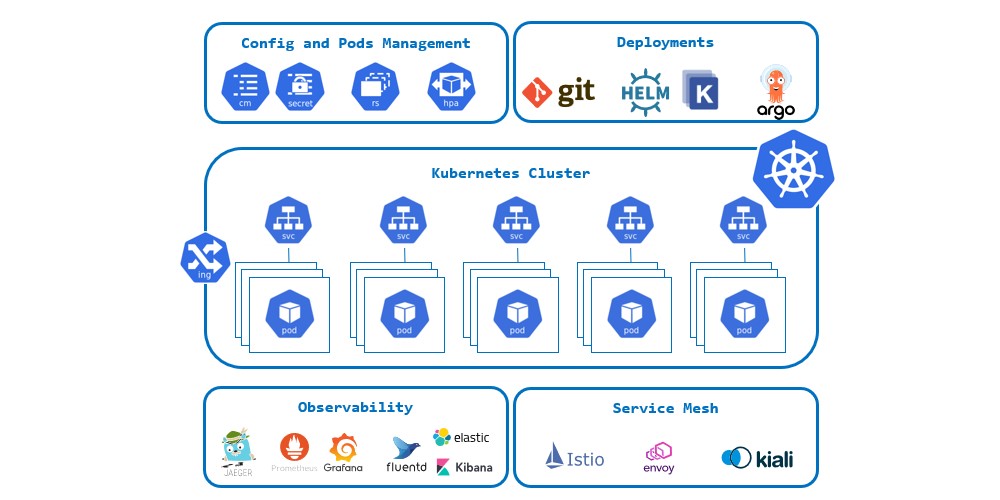Enhancing the user experience (UX) of Salesforce is not only crucial for user satisfaction but also holds significant business value. In this blog post, we will explore the monetary impact of improved UX and highlight the additional benefits that come with it, such as better decision-making, unlocking innovation, and higher return on investment (ROI) in Salesforce.
It is no surprise that Digital service channels are being used a lot more than before the pandemic. Consumers have embraced self-service, chatbots and live chat more in recent years, raising the digital expectation bar. By providing a poor Chatbot experience to your customers, you run the risk of customer churn. Since the rise of ChatGPT, we recommend that organizations invest in the latest generation of chatbots (like Einstein Chatbot) and pay closer attention to chatbot experience design and shift from menu-based to NLP-based or hybrid bots.
Webinar Series: Hedging your Siebel Career
Three months ago, Ideaport hosted a four-episode webinar series entitled "Three initiatives to transform your Siebel CRM in 2021." After the introductory overview webinar, we dived each initiative's details, covering such topics as Siebel Cloud Native Architecture, Siebel - Kafka integration and Siebel UX transformation using Ideaport tools and methods. Ready to access the recordings? They are right here.
Now it's the time for another webinar series, "Hedging your Siebel career", with three episodes.
Adding UX to your BA skills portfolio
While working as Siebel Business Analysts, you have mastered a lot of skills. You are adept at talking to business subject experts and formulating functional requirements. You know end-to-end business processes in your company inside out. You learned to work with Siebel developers and write comprehensive user stories for them. Wonder where you can develop next? What about the Scrum Product Owner certification? Ah, you’ve already got it.
When I first heard of DX4C a year ago, I was dismayed: how come Oracle uses the best Siebel engineering team resources to develop some other product rather than building the stuff Siebel CRM customers require?





